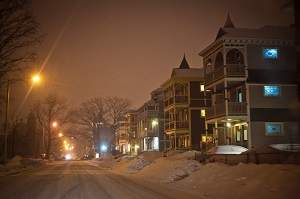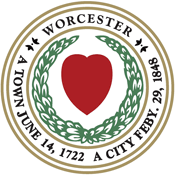Residential Rebate Pilot - Administering the Program
Original Launch
 The Residential Rebate Pilot, launched in December of 2011, relied on a Home Energy Rating System (HERS) test as its performance based energy scoring system (i.e. based on computer modeling and actual measurements to verify compliance with stated energy efficiency goals).
The Residential Rebate Pilot, launched in December of 2011, relied on a Home Energy Rating System (HERS) test as its performance based energy scoring system (i.e. based on computer modeling and actual measurements to verify compliance with stated energy efficiency goals).
HERS was chosen because it was also the energy scoring system needed to determine compliance with the Building ‘Energy Stretch’ Code for new building construction or major renovations.
A number of barriers associated with reliance on the HERS test resulted in only 17 participants during the program's first year. Some of these barriers included high upfront cost of HERS testing (found to vary from $800 to $1,200 per dwelling unit) which counted against the total rebate amount. Additionally, it was found that although HERS is reasonably accurate at predicting a home energy score for new construction and major renovations, it is not as accurate for existing buildings that undertake energy efficiency work. Therefore, post-installation HERS scores were at times different from the projected ones, which affected the final rebate amount. As a result, the pilot was put on hold in February 2013 to allow time for its restructure.
Revised and Improved Program
In March 2014, the pilot was revised and re-launched. Staff identified options for effective and more affordable alternatives to HERS for the performance based energy scoring system. The City contracted with Energy Monster and Next Step Living, approved Mass Save® Participating Home Performance Contractors already working in the City, to provide an Energy Performance Scorecard (EPS) for the RRP participants for the low cost of $60/dwelling unit and $30 for each additional unit in the same building.
 Additionally, the revised program removed the association (and therefore uncertainty) of the rebate amount to the post-installation score. Instead, a new Rebate Table was introduced with set rebate amounts for each type of eligible work.
Additionally, the revised program removed the association (and therefore uncertainty) of the rebate amount to the post-installation score. Instead, a new Rebate Table was introduced with set rebate amounts for each type of eligible work.
The re-designed pilot proved to be so successful that all funding was committed to rebates within five months following re-launch. In early September of 2014, staff stopped accepting new applications despite residual high demand in the community.
More information about the program:

